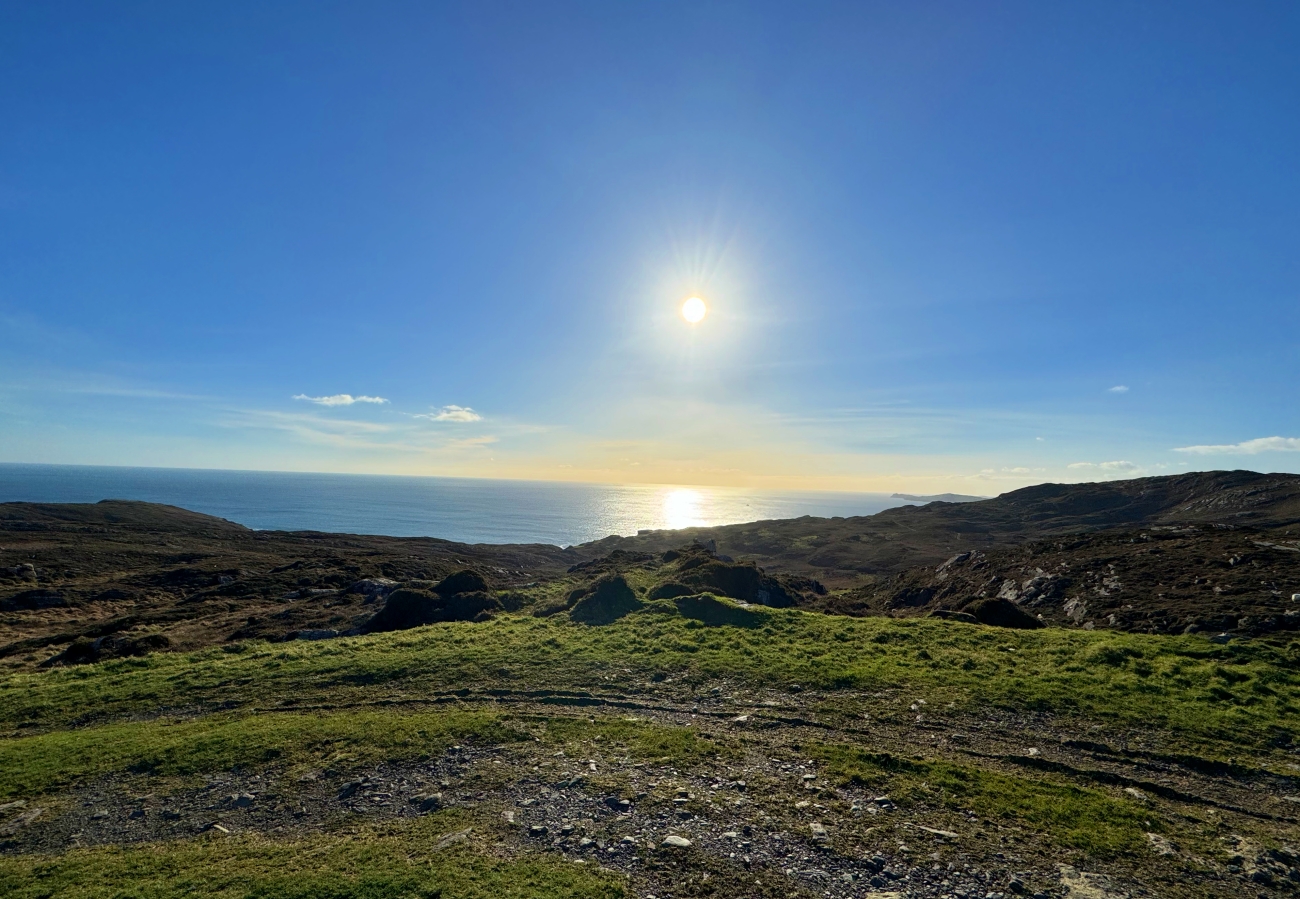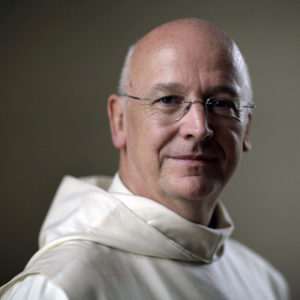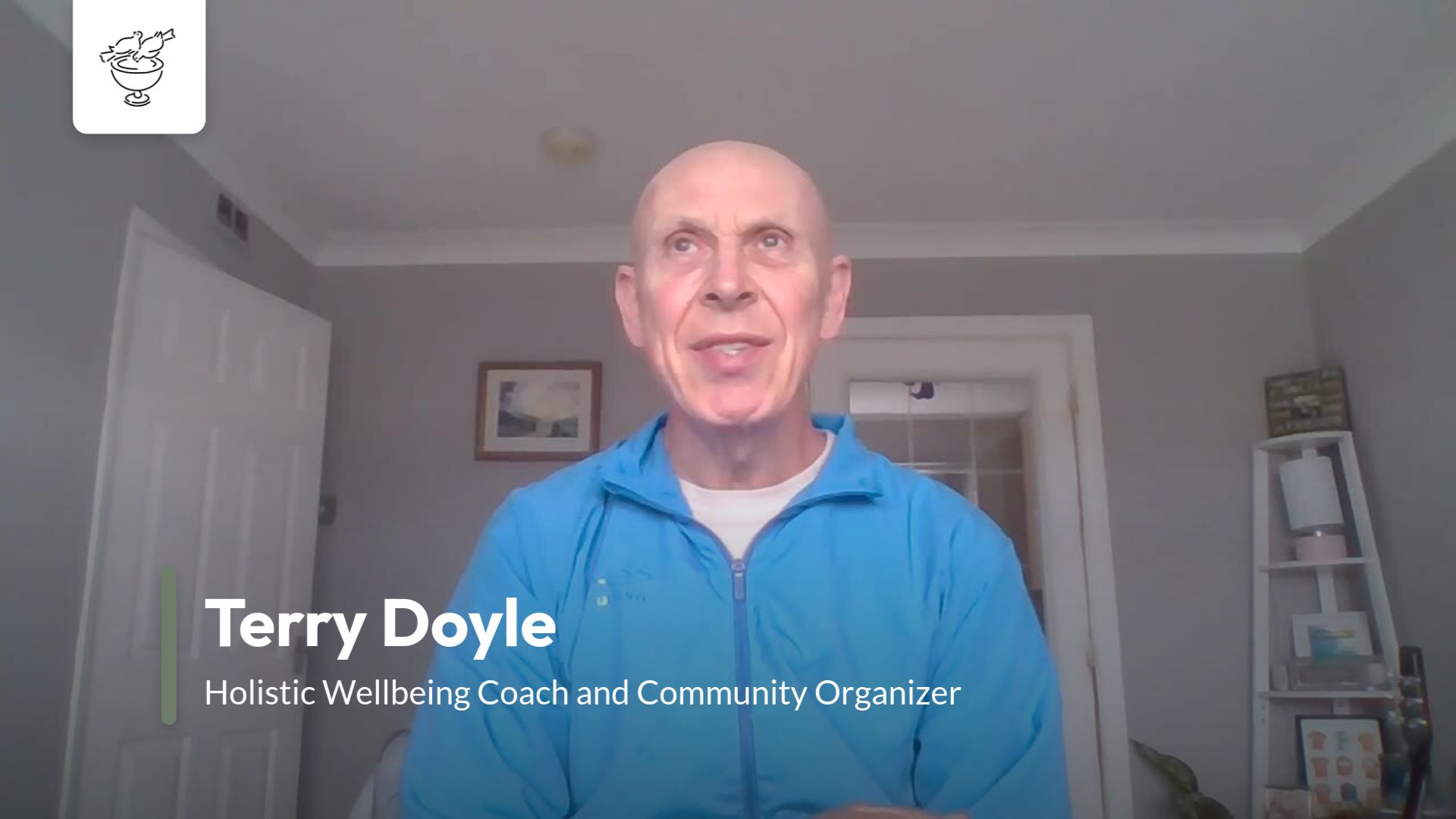You always bring things back to meditation, someone once said. I don’t apologise for it, as I feel without the level of experience that meditation opens all the rest we say risks being just theory – or habit or worse. The ever-fresh challenge is to come back to it differently, like a musician to the repertoire they love. I was once in a conversation with Yehudi Menuhin and was about to ask him how he felt about always coming back to Bach and Beethoven, pillars of his art; but thankfully before I could ask such a naïve question, I understood the answer. (It would have been like asking ‘why did you stay married to one woman for fifty-two years?) He did say on another occasion that time gives a dimension to relationship that no other dimension of reality can do. I saw the truth of what he said but didn’t ask why. I suppose it involves the heightening sense of mortality which time bestows on us.
Speaking about meditation, I also come back to the important fact, on which the future of the world may depend, that children take to meditation like ducks to water and enjoy it pure and simple, whereas their elders see it as a superhuman challenge beyond their capacity and tend to dilute it – or deny it. The only real teacher is experience; so there is little point in arguing about it with someone who pre-judges the experience.
There are various paths to meditation practice. Genuine practitioners should not compete and, if faithful to their main practice, will enjoy and benefit each other. All that matters is: does it open us to the state of contemplation – silence, stillness, simplicity – the simple enjoyment of the truth – beyond thought, word and imagination. Let’s take the mantra and do a sketch-map of how it leads us there.
First, we say it and discover the chaotic indiscipline of our minds, our lack of attention. It is like someone going for a mountain walk after weeks of convalescence. It’s hard-going and you shouldn’t overdo it. But practice, returning to the mantra, strengthens the all-important muscle of attention. Soon, less effort is needed even though the distractions are still present, sometimes overwhelmingly depending on our experience at the time and generally how we live. We could all meditate more deeply and enjoyably if we made a few changes in our lifestyle. Then you begin to sound the mantra and discover the natural harmony which prevails at the deeper levels of yourself. We are getting to know these new levels consciously for the first time. Tasting the peace and joy already within us promises the wonder of going beyond limits (aka eternal life). Whether we name it or not we are beginning to know God. If you are on a Christian journey, you will recognise Him. The third stage is not final because it is takes us over the boundary into the spirit. The mantra shows its purpose as it becomes more subtle and finer and we listen to it, lightly detaching our attention from distraction and the self-reflection which is the root of the illusory self.
When you are lost and your GPS battery is dead, you fall back to the old human practice of asking a passerby the way. You know quickly if they will be of help. The best is, they tell you in a way you can remember. Worse is if, like the Irish, they give interesting but too detailed directions. Worst are those who cannot say ‘I don’t know’ and make up an answer. Even in the worst scenario, getting lost might awaken our inner sense of direction. We are never actually lost.





